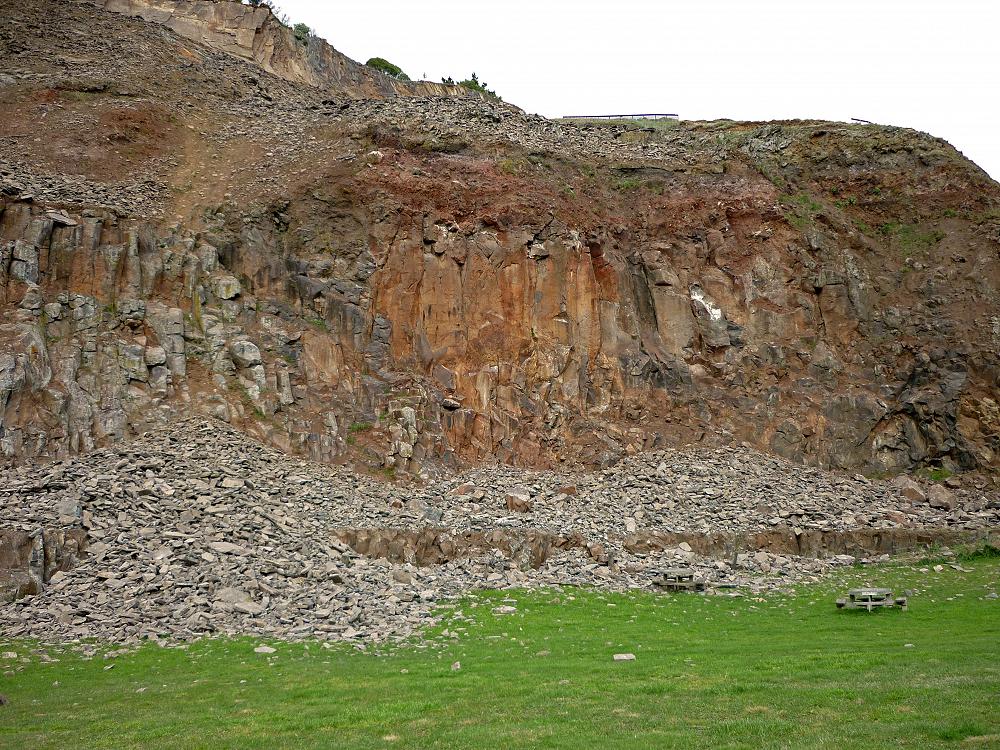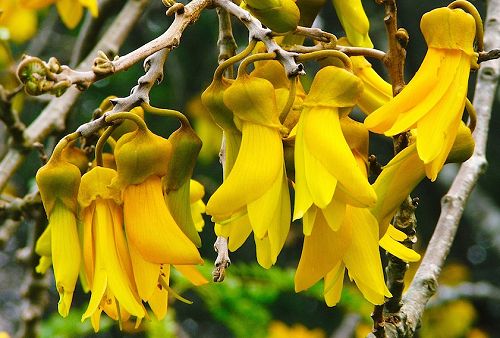
Room 12 Halswell Quarry Visit
On the 18th of March Room 12 visited Halswell Quarry. During the Home Learning period some of the class have investigated the topics covered during our visit.
Ollie and Kaelan did some research about eels, then shared their work in the class One Note notebook. Aspen was interested in Maori traditional use of plants. Ollie used book creator to present his work while Kaelan and Aspen created a PowerPoint. Here is some of what they found out:
Eel Habitat
Longfin eels are long-lived, living for up to 60 years. They live in many different habitats during their life span. They often live in freshwater rivers, streams and lakes, when they are young. Eels are good climbers, especially as juveniles (elvers), and so can be found in streams, rivers and lakes a long way from the ocean. They will even leave the water and wriggle over damp areas on land to get past obstacles like dams and waterfalls. When they are old, they make their way back to the sea and swim across the Pacific Ocean to breed near Tonga.
Fun Facts
There are over 400 species of eel. Eels live in both saltwater and fresh water. Even though the eel looks like a snake it is really a fish. Eels have gills and very sharp teeth. Most eels hide and live in caves and rock crevices.
OLLIE
How many types of eels are there?
There are about 800 species, but 2 main types, the longfin and the shortfin. The longfin eel is native to New Zealand whereas the shortfin eel is found in both New Zealand and Australia. With a little bit of practice, it's easy to tell the difference. On a longfin eel, the dorsal (top) fin extends a lot further forward than the anal (bottom) fin. The dorsal fin of a shortfin eel only extends a little further forward than the anal fin.
What do eels eat?
Eels generally won't bother fish of a similar size but do actively hunt smaller fish. Eels also eat shrimp, crabs and sea urchins. Eels kept in captivity may consume meat items such as beef hearts. Most eels don't eat other eels, but some will.
KAELAN
Maori Medicinal Plants
More than 200 plants were used medicinally by Māori. Harakeke (flax), Kawakawa, Rātā and Koromiko all had many recorded uses. Other common medicinal plants are Kōwhai, Mānuka and Tētēaweka to name a few.
Rātā
- The bark of the Rātā tree was soaked in water, which was then applied as a lotion.
- A poultice of bark was put on sores, wounds and abscesses.
- The inner bark was steeped in water and drunk for diarrhoea and dysentery.
- Rātā nectar, collected by tapping the flowers against the inside of calabash, was taken to cure a sore throat.
Kōwhai
- The bark of the kōwhai tree was heated in a calabash with hot stones and made into a poultice for wounds or to rub on a sore back.
- A person bitten on the face by a seal had wai kōwhai (kōwhai juice) applied to their wounds and was well within days.
ASPEN
During Home Learning R12 had some Zoom writing lessons. The focus was how to write using a variety of sentence starters. First, we practiced the adverb start.
Ephraim wrote some examples:
Hastily, she put on her socks.
Lazily, the lizard sunbathed on a rock.
Expertly, he picked the lock.
Breanna tried beginning a lockdown story with an adverb sentence starter.
Quietly, I giggled as I set up the prank.
Tying the string to each side of the door frame made me imagine the result of what I was doing.
My brother would walk on the piece of string and the gigantic bucket of slime would pour down on his head like a tsunami crashing down on an island, just smaller.
Worried but excited, I lay down the last part of the prank.
He would never see it coming, I was a genius.
Finally, the time had come, my brother was walking down the hallway. I ran and hid. He stood on the string. A millisecond later the slime slapped him on the head and the bucket fell on top of his head like a hat.
I had done it.
IT HAD WORKED!
By Breanna Bennetts
Gallery



